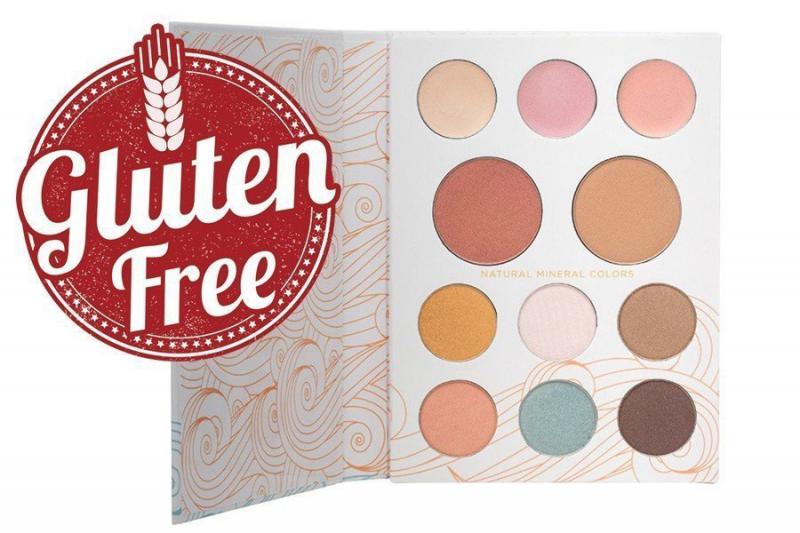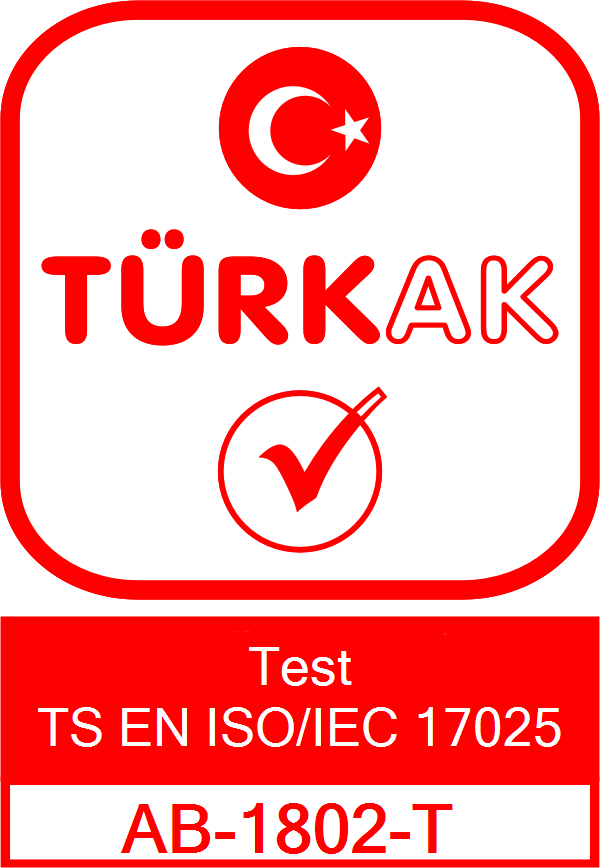
Gluten Free Analysis in Cosmetics
Gluten Free Analysis in Cosmetics
Contents
Gluten is a protein complex found in grains such as wheat, barley, rye and sometimes oats. For some individuals, gluten can cause serious health problems (for example, for individuals with celiac disease). For this reason, products labeled "gluten-free" are preferred for some consumers. In cosmetics, gluten is sometimes used as an emulsifier, stabilizer or thickener.
The "gluten-free" analysis for cosmetic products includes these steps:
1. *Sample Preparation:* A certain amount of cosmetic product is taken and extracted with a suitable solvent. This extraction ensures that the gluten proteins are dispersed homogeneously in the solution.
2. *Enzyme Immunoassay (ELISA):* This is the most widely used method for gluten determination. ELISA uses the ability of specific antibodies to bind to gluten proteins. The amount of binding is measured to determine how much gluten is in the product. R5 and G12 ELISA methods are among the most widely used ELISA types for gluten detection.
3. *Evaluation of Results:* The values obtained as a result of the ELISA test are evaluated according to a certain reference range. Generally, for a product to be labeled "gluten-free" it must contain 20 ppm (part per million) or less of gluten.
4. *Verification:* If gluten content is a critical quality parameter, additional validation tests may be performed to ensure the analysis results are correct.
ELISA is highly specific and sensitive for gluten determination. However, it is important to perform the test correctly, check the freshness of the reagents, and calibrate the instrument regularly to obtain accurate results.
Determining gluten content in cosmetic products can be complex depending on the product formulation and the raw materials used. Therefore, it is recommended that the analyzes be carried out in accredited laboratories and by experienced experts.
Gluten Free analysis is performed in cosmetic products in our laboratory.

